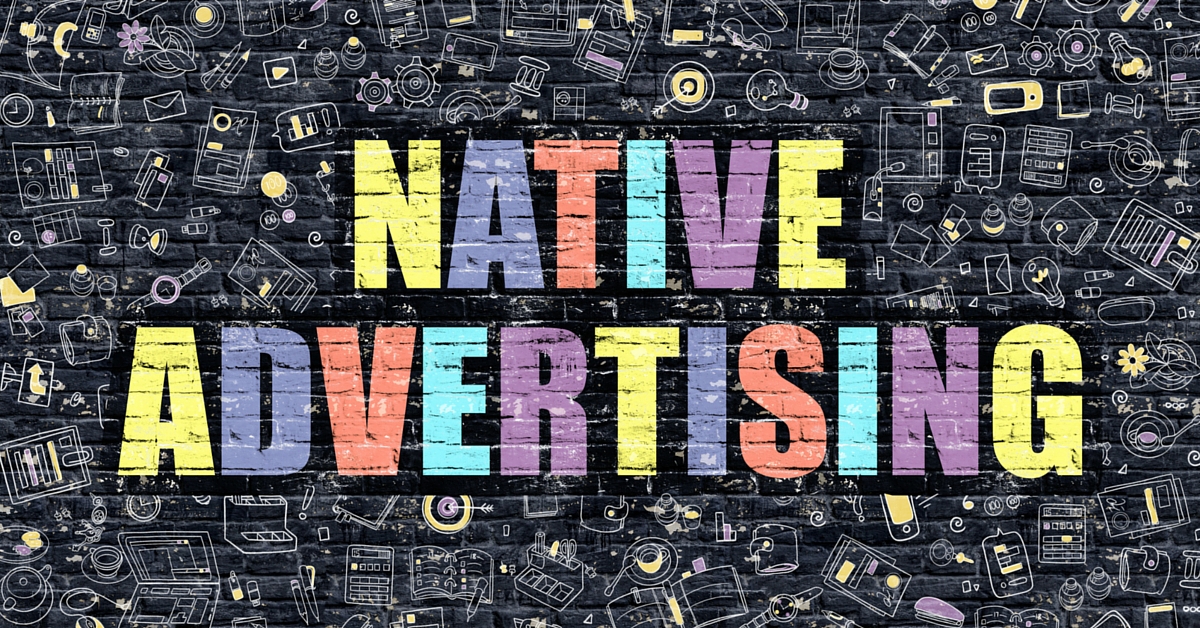
Native advertising has won, according to MediaPost’s Josh Engroff, who says many brands are still attached to static banners, 30-second spots and other examples of what he calls “advertising’s walking dead.”
Engroff, an op-ed contributor for the online pub, says a new marketing stack, built upon user-centric models of communication and commerce, is replacing “legacy models and old thinking.”
A recent Facebook/HIS study found that native in-stream ads will drive 63.2 percent of all mobile display advertising at $53 billion by 2020, as reported by Marketing Land.
“The study anticipates third-party in-app native advertising (ads not running on Facebook) will be the fastest-growing ad format in digital advertising and will grow at a 70.7-percent compound annual growth rate between 2015 and 2020, to account for 10.6 percent of mobile display ad spend,” Marketing Land concluded.
Media Post’s Engroff says the battle between native and other ad formats is already over.
“Native advertising has won. By almost every measure (except perhaps direct response), native outperforms non-native. Native is not about a specific kind of creative asset, since it encompasses text (Google), image (Instagram), video (YouTube) and audio (Pandora). It’s also not about advertising masquerading as content.
“Native is about authenticity of format. Native evolves dynamically with its context, which means adopting attributes unique to that platform, but not unique to other native ads. On Snapchat, for example, user messages last 24 hours. Advertiser messages also last 24 hours. Neither happens on Twitter.
“The traditional ad unit, in contrast, rigidly resists the evolution of its platform, and thus ends up feeling like an alien thing. The 30-second pre-roll on mobile is one example.”
Native works well when it offers real value, typically content, to customers. It also retains traditional advertising’s ability to directly sell products and services to consumers. How native evolves to maximize its strengths is certain to include more video and greater user personalization, but the division between content recommendations and product ads will remain.Pokemon GO and Snapchat, too
Engroff’s other winning technologies include augmented reality – think Pokemon GO and the filters and lenses in Snapchat – and artificial intelligence-powered chat bots to engage customers in real time.
I expect those to become part of the native advertising mix as networks and advertisers find creative ways to use them and publishers make them more a part of organic content, too.





